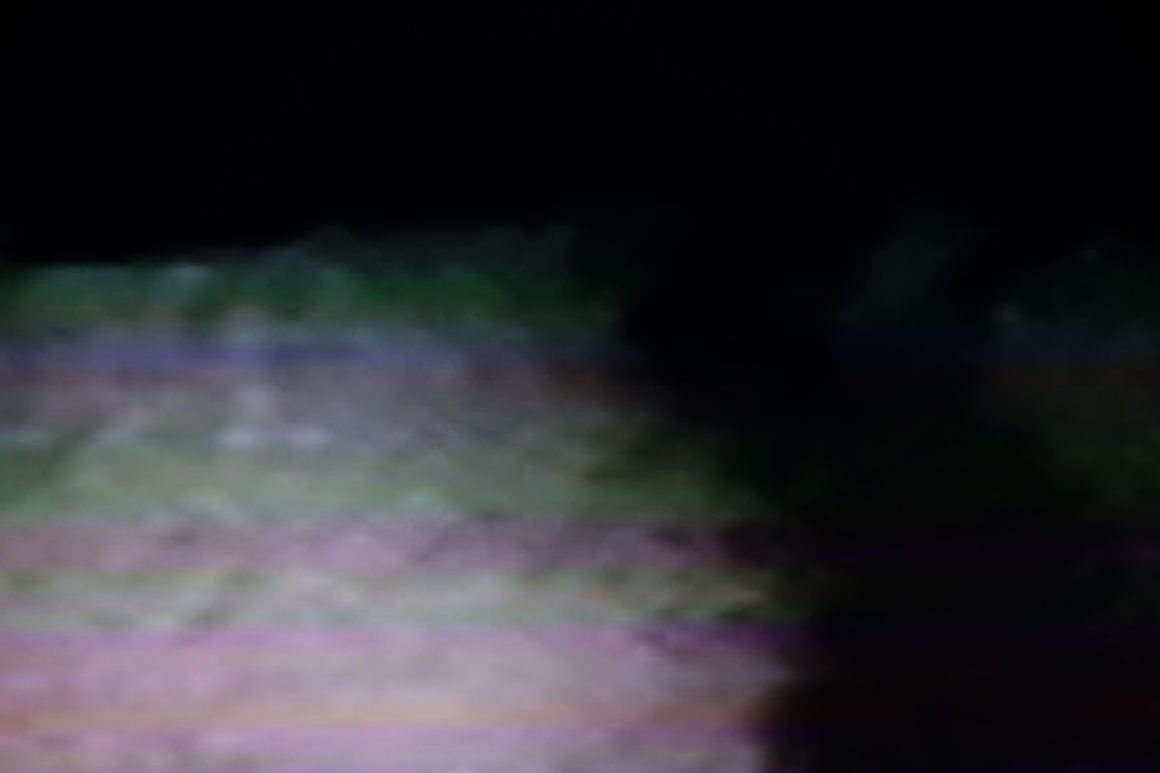
The place of the photographic (in its extended sense including film and digital video) within the image-sphere has thus become doubled. It is at once the signifier of a past technological form of image production, in which iconicity is tied to indexicality and thereby a specific kind of truth (however constructive the photographic practice may be), and an equal participant of the infinitely multiplying visualizations of data that fill the screens of the digital meta-medium. Within this latter space, visual « information » may be quantitatively reducible to data, but both knowledge and truth continue to elude such reduction. In fact, quantitative and visual degradation of the image as an effect of copying, reformatting, and passing through digital networks of distribution may increase its truth-content in a variety of ways.
– Peter Osborne, The Distributed image, Texte zur kunst 99 (September 2015), 2015, p. 74 – 75